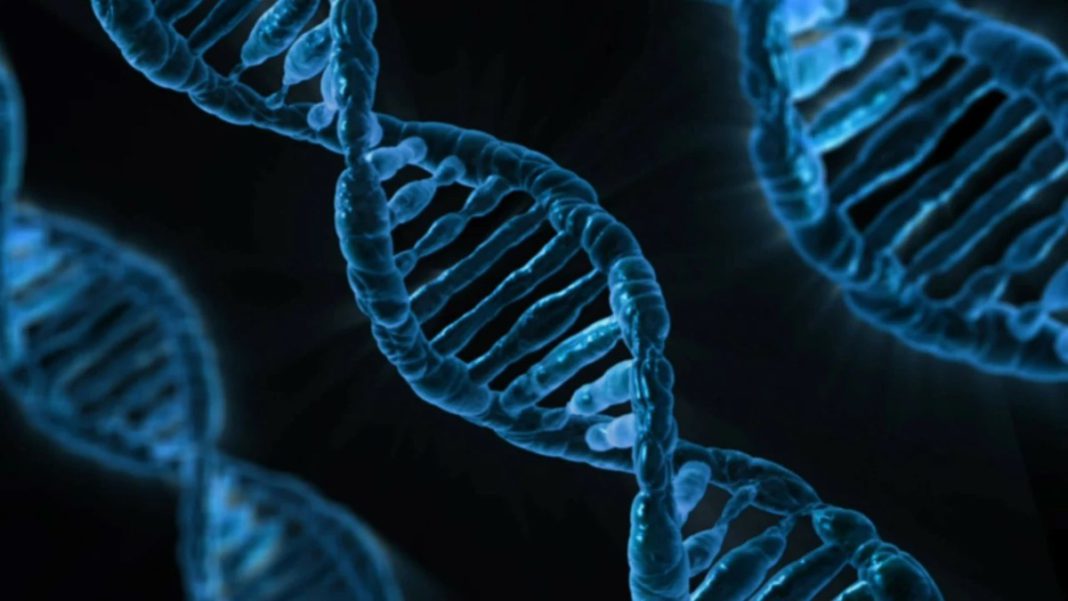INDIA: In the intricate dance of evolution, scientists have discovered a fascinating phenomenon called Muller’s Ratchet. Named after the esteemed geneticist Hermann Joseph Muller, this concept sheds light on the accumulation of harmful mutations in asexual populations over time.
Muller’s Ratchet provides valuable insights into the mechanisms underlying the preservation of genetic information and the challenges organisms face in maintaining their genetic integrity.
At the heart of Muller’s Ratchet lies the process of asexual reproduction. Unlike sexual reproduction, which allows for the shuffling and recombination of genetic material, asexual reproduction involves the replication of an organism’s DNA without exchanging genetic information with a partner.
This lack of genetic recombination can be detrimental when purging harmful mutations from a population. The ratchet effect occurs due to the accumulation of deleterious mutations in the genomes of asexual organisms. Mutations, which are random changes in the DNA sequence, can harm an organism’s fitness and survival.
In sexual populations, the constant mixing and reshuffling of genetic material through recombination provides opportunities to weed out these detrimental mutations.
However, in asexual populations, there is no efficient mechanism for purging harmful mutations. Muller’s Ratchet describes how harmful mutations gradually accumulate in asexual populations.
As each generation reproduces asexually, detrimental mutations can increase irreversibly. This accumulation results in a downward spiral of genetic fitness, leading to reduced population viability and eventual extinction.
To understand Muller’s Ratchet, imagine a hypothetical population of asexual organisms. Initially, each organism possesses several deleterious mutations, represented by “ratchet clicks.”
With each subsequent generation, the Ratchet clicks forward, adding more harmful mutations to the population. Since asexual reproduction does not allow for the removal of these detrimental mutations, they continue to accumulate relentlessly.
The consequences of Muller’s Ratchet are far-reaching. It poses significant challenges for asexual populations to adapt to changing environments and maintain genetic diversity.
Without the recombination mechanism, asexual organisms cannot eliminate harmful mutations and introduce new genetic variations into their gene pool.
However, nature has devised strategies to counteract the effects of Muller’s Ratchet. Some asexual organisms possess mechanisms like horizontal gene transfer, where they acquire genetic material from other organisms or endogenous viral elements that can introduce genetic diversity.
These mechanisms offer a glimmer of hope in the face of Muller’s Ratchet, enabling asexual populations to mitigate the accumulation of harmful mutations to some extent.
Studying Muller’s Ratchet has profound implications for understanding evolution dynamics and the long-term survival of different species. It highlights the significance of sexual reproduction in generating genetic diversity and purging deleterious mutations from populations.
Muller’s Ratchet serves as a cautionary tale, emphasizing the importance of maintaining genetic variation to enhance the adaptive potential of organisms.
While Muller’s Ratchet presents challenges for asexual populations, it also underscores organisms’ unique mechanisms and strategies to ensure survival.
Through ongoing research and exploration, scientists continue to unravel the complexities of Muller’s Ratchet, enriching our understanding of evolution and the fundamental processes that shape life on our planet.
Also Read: Russell’s Paradox: The Mind-Boggling Self-Referential Conundrum of Classic Mathematics



